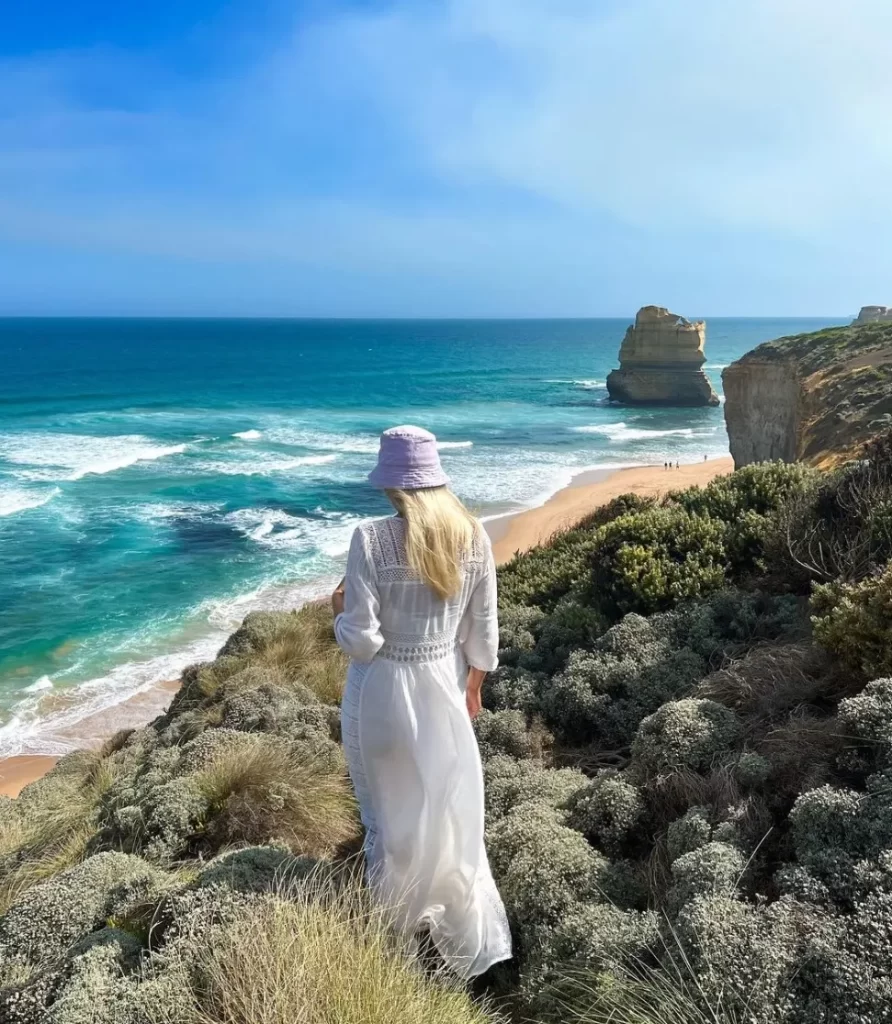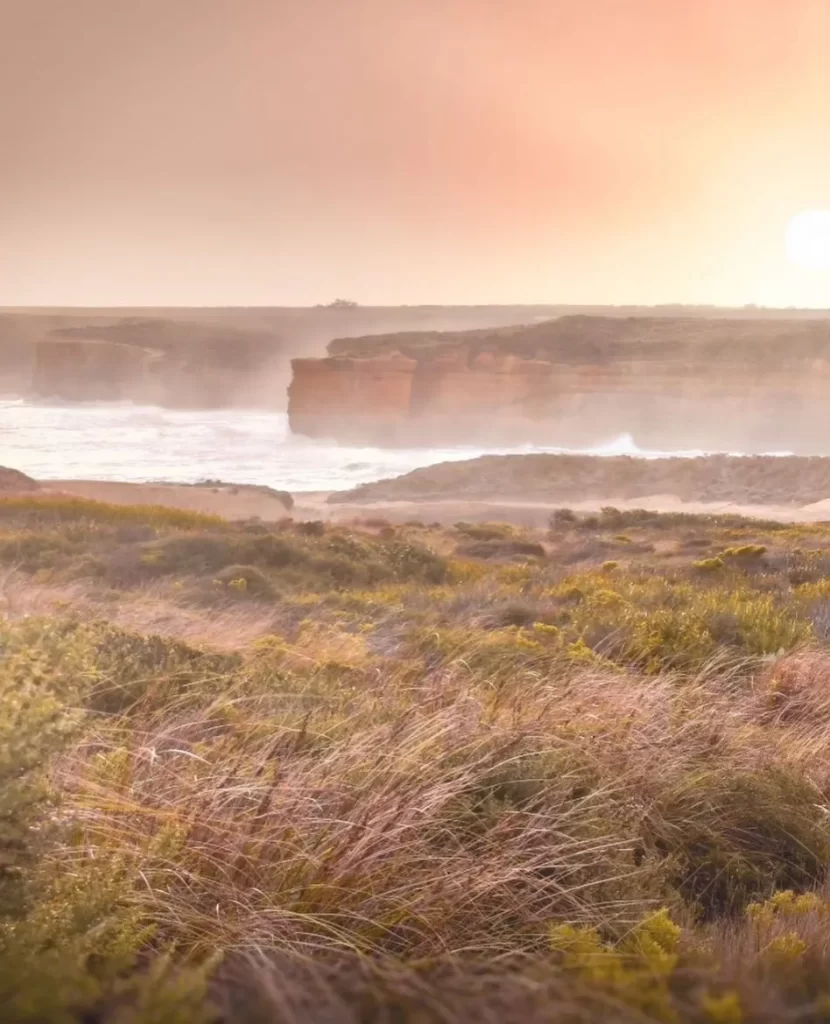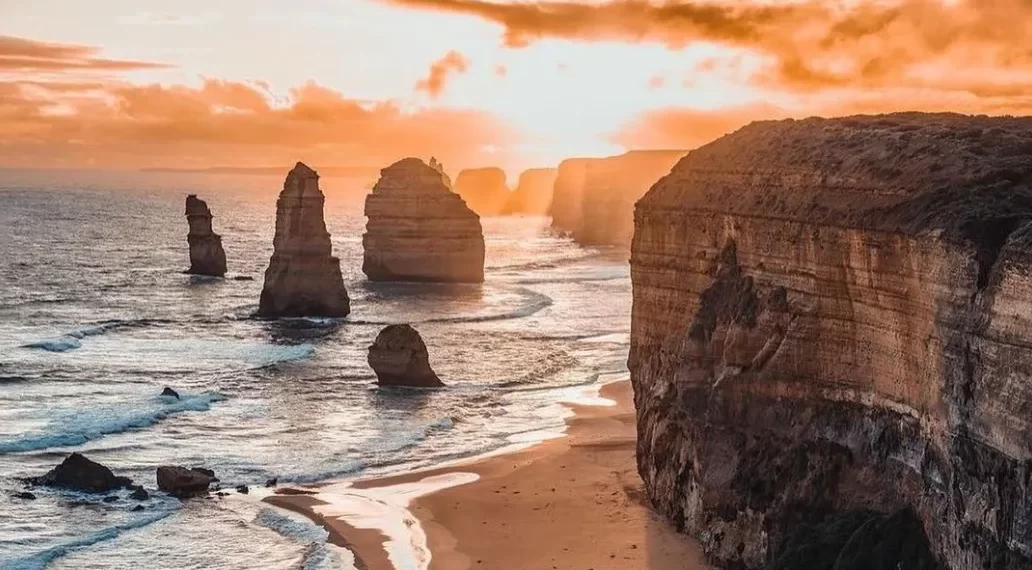The 12 Apostles’ Role in Indigenous Culture and Stories
Situated in Port Campbell National Park, which is along the coastline Victoria, the 12 apostles are not only a center of attraction for many tourists, but also have a lot to tell about the aboriginal Australian history. The monolithic limestone stacks are part of the traditional lands of Eastern Maar, Kuurn Kopan Noot and also other peoples such as the Gulidjan/Gadubanud nations. For these people, the Apostles are an extension into the present, the past, and the future of their ancestry. Aboriginal link to nature is also visible in the stories of the people, preserved over generations.
Traditional Lands and Owners of the 12 Apostles

The 12 Apostles are situated on the land that has been owned by Eastern Maar people. The residents of the region, including Cape Paton and Mutton Bird Island, have been the normal owners long before the European pre-colonisation. The continuing presence of culture in this region credits the determination and resourcefulness of the Aboriginal people who never severed themselves from the resources of the southern coast by practicing hunting, fishing, and collecting materials from nature. Such uninterrupted Vyapam of customs and traditions is portrayed in the native title determination and also claims on native title that is in progress in the area.
Dreamtime Stories and Spiritual Life

For the Indigenous Australians, the geological formations known as the 12 apostles were formed by the actions of spirit beings during the Dreaming which is the time of Creation in the Aboriginal culture. These rock formations are perceived as some form of supernatural being as well as having the characteristics of earthly natural forms that promote spiritual activities among the Eastern Maar and other groups. The peoples’ spiritual embrace of the Apostles sea stacks shows the dynamism of the cultural geographies of the region as its landscapes still shapes people’s actions and ideals.
The Cultural Continuation of Aboriginal Australians
The 12 Apostles and regions such as Cape Paton are all relative to the larger Aboriginal history which circumnavigates other sites such as ancient History: Lake Mungo and southwestern Victoria. Other peoples such as the Wadawurrung Peoples and Keeray Whurrung have deep proportions of the local culture. The preservation of such cultural landscapes and archaeological resources is vital for the conservation of the living culture of Australian aborigines.
Spiritual Significance of the 12 Apostles and Indigenous Art
The number 12 Apostles has spiritual and cultural meanings and this is sometimes portrayed in Indigenous art for example the Port Campbell Ephemeral Art. Such images tell the Aboriginal tales and the heritage of the apostles’ sea stacks, which depicts how Blak life is interwoven with geospatial realities. The very process of erosion by wind, water and storm waves, which contributes to the recurrence of the rock stacks, is the same as the transforming stories told in many aboriginal legends.
Preserving Cultural Heritage and Land Rights

In comparison, the advocacy role played by federal judges including indigenous persons like Ebony Hickey with respect to land rights of the Aborigines is very fundamental in protecting sites of heritage like the 12 Apostles from being encroached upon and also protecting the defense of the archaeological site. That recognition, which is often taken as one of the ‘great occasions’ and ‘humbling moments’ especially for indigenous men and women in positions of leadership such as Jamie Lowe, is very useful for keeping the energies that are embedded in the land.
The Importance of Aboriginal Land in Contemporary Culture
Native title and land rights determination and conveyancing processes are essential for the protection of Aboriginal land that comprises 12 Apostles. With the advent of agricultural ports along the coast’s line including story bridge, fighting for the remaining fighters of the aboriginal culture and their lands even more so guarantees everybody that their religion and the cultural landscapes of indigenous people would still be in storm modernism.
Cultural and Environmental Stewardship

As Amnesty International Australia, Spence Australia and many other Australian people had done, it was also pointed out that there is a need to draw a line between the two – tourism and respect for culture. Protection and preservation of historic sites including the sites of 12 apostles and the respect for the rights of indigenous people is important for the region’s cultural preservation. Native American nations have ever been the protectors of this land through the care of the land’s resources and linking its importance for the future generation. Also organising tours like the 12 Apostles tour are respectful of local traditions.
A Place of Adventure and Storytelling

Having a cultural and spiritual significance, the 12 Apostles is also a source of attraction for those seeking adventurous activities which are found along the tourist South West. People who go to bayhead beach at the which is near the Apostles will most likely go to such places as Bells Beach and other places that have natural beauty that was cut and shaped by Glacial erosion. This place is not only stunning but is full of Aboriginal Australians who are ready to come out and tell the world about their culture in forms of pictures and stories.
Conclusion
The 12 Apostles is a combination of more than twelve limestone stacks rising vertically above the ocean. For Aboriginal Australians and the Indigenous Peoples of South West Victoria, these pneumatophores provide a tangible link to pre- invasions, where stories, practices, culture and spirituality were a way of Aboriginal life for thousands of years. That history attaches to the natural landscapes which is also the living history and culture and spiritual authority is interwoven in this narrative and the need to safeguard such special places is brought to the fore.
FAQs
Why are the 12 Apostles important to Aboriginal people?
The 12 Apostles have religious and cultural significance to Indigenous people such as the Eastern Maar, Kuurn Kopan Noot and other peoples relating to Dreamtime and their ancestors.
How do the 12 Apostles relate to the land rights of indigenous peoples?
The Twelve Apostles are situated on indigenous territories, and as part of ongoing native title claims and determinations, the land is being protected in the above Indigenous peoples land rights.
What steps are being taken to protect the 12 Apostles’ culture and nature?
Indigenous Nations and an organization like Amnesty International Australia have been working together to help preserve archaeological sites and the cultural aspects of the area.
How do the 12 Apostles include Aboriginal culture in their art?
Aboriginal artwork, during the Port Campbell Ephemeral Art, showcases the theme of the Twelve Apostles some of which would refer contemporary Aboriginal art to the Apostles sea stacks to depict storytelling and ancestry.
Are the 12 Apostles relevant to the current culture of Indigenous Peoples?
The 12 Apostles remain in an unbroken chain of pre-Columbian history and are as such, relevant in all aspects: spirituality, culture and environment to Aboriginal Australians.

